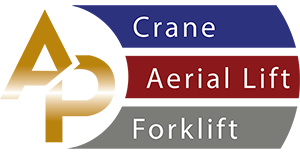The OSHA Standard states Mobile Crane Operators operating cranes above 2,000 lb. capacity, when used in construction, will need to be either certified by an accredited crane operator testing organization, such as All-Purpose Crane Training or qualified through an audited employer program [ 1926.1427(a)]


